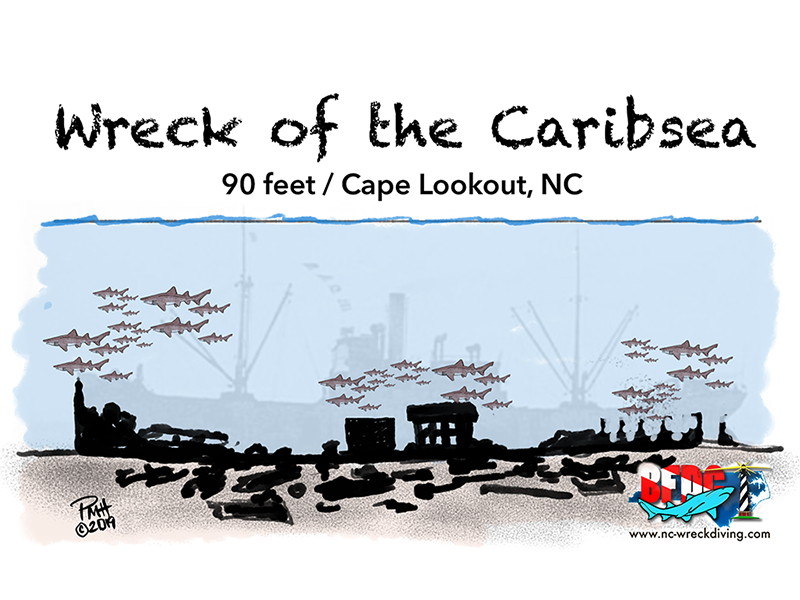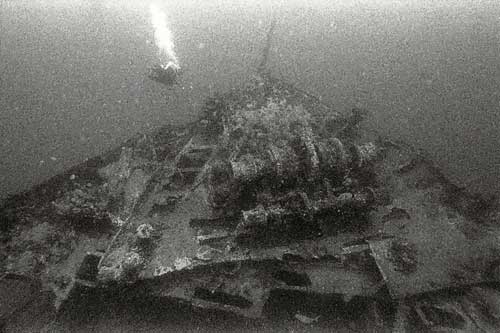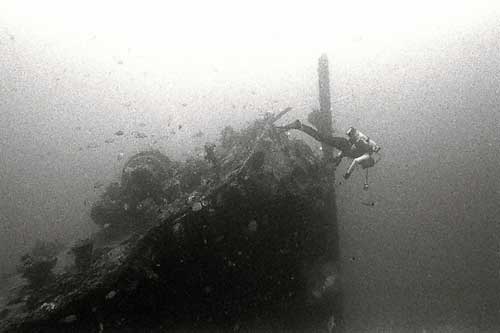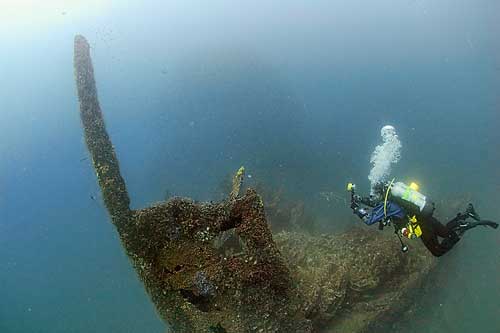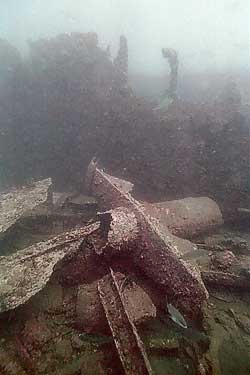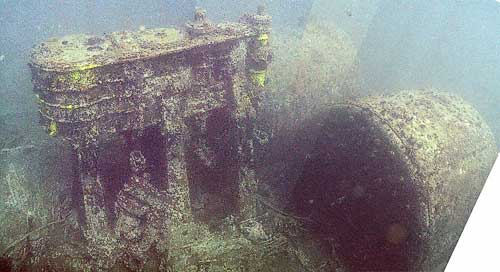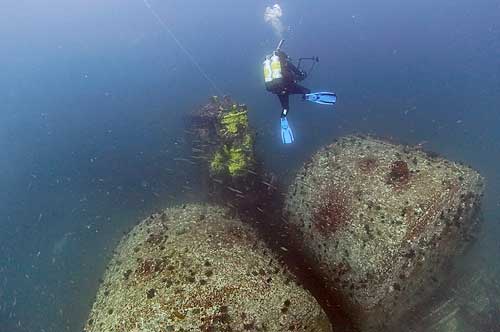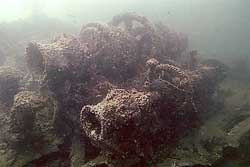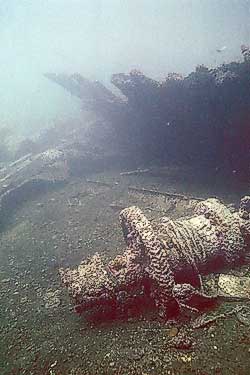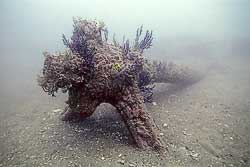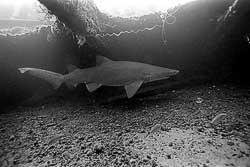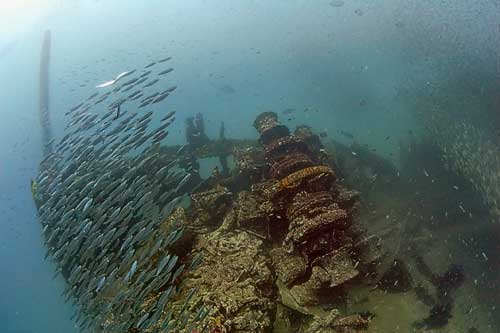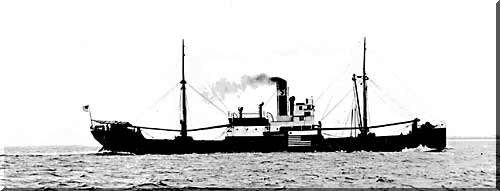
Caribsea, from the collection of Mike McKay
One of the Caribsea crew who died was a resident of Ocracoke Island on the North Carolina Outer Banks named Jim Baum Gaskill. He was the engineer. A local story has it on the day after the sinking, his father, Bill Gaskill was cleaning up the debris from a strong gale that has passed through that night. He was inspecting his dock and shoreline when he noticed a large plank bumping up against his dock. Mr. Gaskill tried several times to push the plank away, but each time it returned to the dock, as if tied by a unseen string. Using a boat hook, Mr. Gaskill finally pulled the plank completely onto the dock. When he turned it over, he was greeted by large gold-gilt letters spelling the ship's name "Caribsea". He knew then his son was dead. The official word would arrive that evening.
Another version of the story has it that the glass case that enclosed Gaskill's engineer's license came ashore near Ocracoke Village a few days after the sinking. It is also reported that the special cross behind the altar of the Ocracoke Methodist Church is made of the Caribsea nameplate that drifted through Ocracoke Inlet and was found on the sound shore, opposite Gaskill's birthplace.
An old diving buddy of mine, James Pickard of Durham, NC, recovered the builder's plaque of the Caribsea, with it's original name, Lake Flattery. It is on display at the Olympus Dive Center in Morehead City.
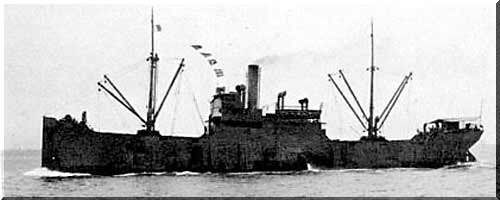
Update 2006: The Caribsea is getting more and more fragile — particularly in the bow section. The weight of the windlass has collapsed the decks and all the surface metal is thin and rotten. The two anchors, once sitting proudly in the hawse pipes are now gone. The starbard anchor has fallen to the sand and the port anchor has been covered in the collapsing debris. Even the anchor windlass has started to collapse. The engine and boilers remain as solid as ever and fish life still abounds, with groups of sentinel sandtigers sharks sitting above the bow and stern.
